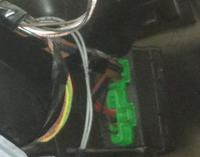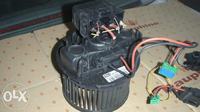Hello !
The car blower found the perfect time to give up the ghost...
Citroen version with automatic air conditioning, i.e. button control, display. All other functions work, the air conditioning turns on, but... there is no blowing
The fuse responsible for the blower is operational.
Behind the center console there is an entire air conditioning and ventilation block, access to it is difficult, there are plenty of connectors.
The main question - where is the blower actually located, where is its "cube"? I suspect damage to the connector or mosfet, but I need to locate it first. I`m posting photos from the left and right.
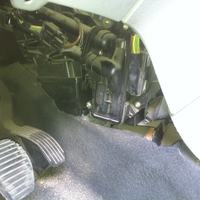
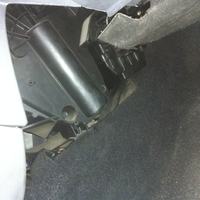
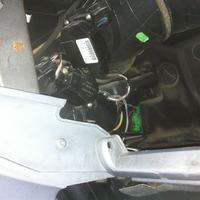
...the matter is quite urgent
Helpful post? Buy me a coffee.
The car blower found the perfect time to give up the ghost...
Citroen version with automatic air conditioning, i.e. button control, display. All other functions work, the air conditioning turns on, but... there is no blowing
The fuse responsible for the blower is operational.
Behind the center console there is an entire air conditioning and ventilation block, access to it is difficult, there are plenty of connectors.
The main question - where is the blower actually located, where is its "cube"? I suspect damage to the connector or mosfet, but I need to locate it first. I`m posting photos from the left and right.



...the matter is quite urgent



